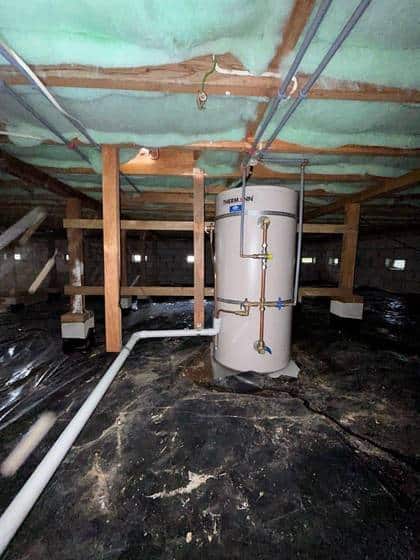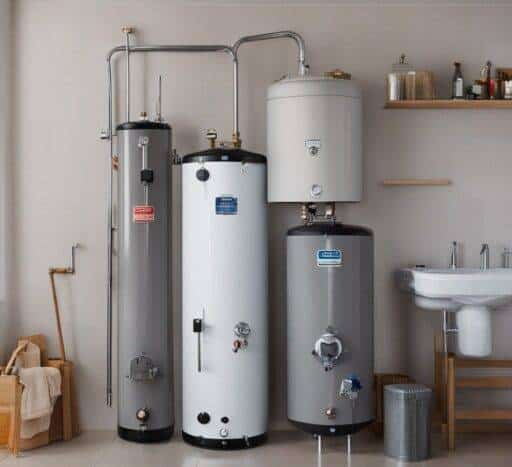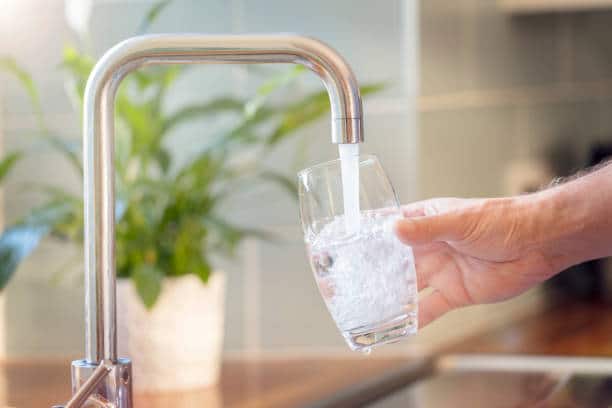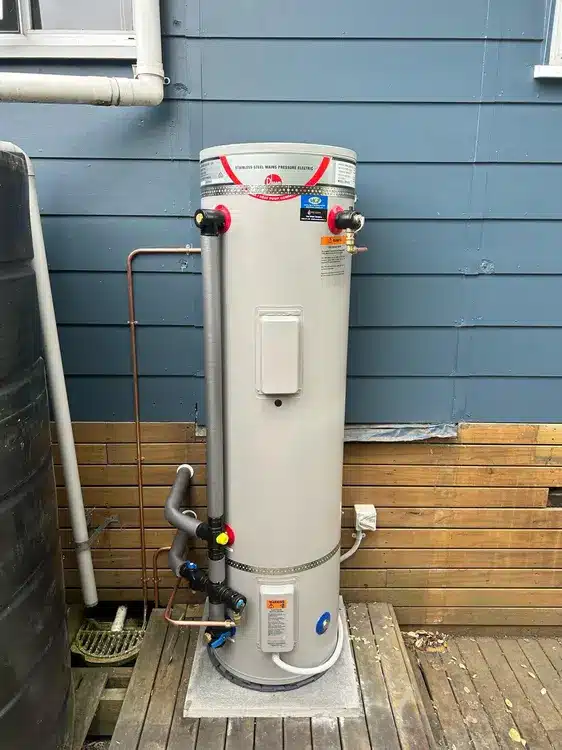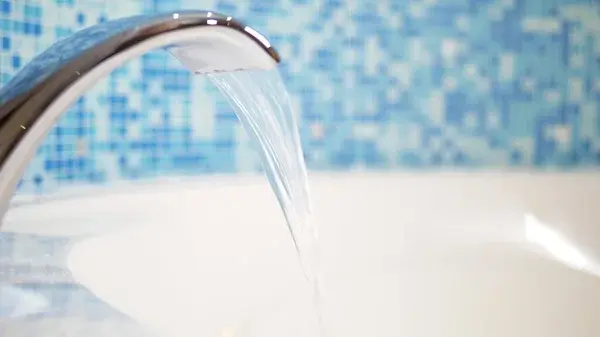How Rainwater Catchment Works
Installing home rainwater accumulation involves positioning collection surfaces that divert flowing precipitation during storms into pipes routing the captured influx towards storage vessels, usually plastic tanks. Rain channeled off rooftops’ courses through sealed gutters into belowground piping configured strategically using gravity filtration needing minimal energy input.
Storage capacities range widely based on household occupancy, budget, and potential municipal supply instability factors. Strategic systems store thousands of emergency liters at the ready if grids ever falter.
Water generally stays protected from light exposure slowing algae growth. Some configurations allow overflow drainage towards lawns and gardens during especially wet periods. Required upkeep includes periodic sediment filtration, first flush diverters and screens keeping leaves/debris from clogging tanks. Overall, though, passive rain harvesting sustains households reliably through seasons if designed properly.
Connect Supplemental Supply to Cylinders
Once functioning rain catchments fill storage reservoirs consistently during rainy spells, this sustainable backup water source integrates into homes for expanded usage well beyond irrigation — specifically for hot water system supplementation.
Carefully configured connections from rain tanks provide households added security that if regional water restrictions someday impacted general reliability from town pipelines due to population growth pressures or drought that hot showers might be curtailed, backup reserves sustain essential access.
Experienced tradespeople ensure rain tank water passes additional ultraviolet sterilization and micronic filtration to satisfy health standards before merging with general home plumbing lines. Isolator valves staggered between purification devices and hot water cylinders facilitate blending ratios or overriding reliance on supplemental rainfall completely during times of ample municipal flow or extended dry periods when tanks run very low. Homeowners gain ultimate flexibility handpicking between dual water sources fueling hot water convenience.
Year-Round Benefits Beyond Emergency Preparedness
Homeowners across New Zealand weigh several location-based variables when exploring supplemental rainwater system viability:
- Average rainfall rates and seasonal distribution — sufficient precipitation periods must offset drought spikes
- Rooftop catchment capacity — surface area and seamless gutter routing affect collection volume
- Soil composition — tanks might require reinforced foundations on certain properties
- Municipal supply outlook — factor likelihood of long-term water usage restrictions into resilience preparations
Leverage Gravity Flow Dynamics
One underleveraged way to offset potential electricity demands from pumping rain tank water into households is harnessing gravitational dynamics freely. Careful below ground placement of water storage tanks and thoughtful pipe routing takes advantage of downhill slopes and natural pressure differentials that passively move supplementary water into buildings once taps opened.
Consider the lay of your land when planning rain harvesting configurations best suiting household geography. Feeding overhead tanks or across long flat distances into basements requires power inputs from electronic transfer pumps overcoming absence of elevation changes. But tanks buried on moderate slopes with just a back garden or retaining wall separating the hydraulic jump to appliances eliminates electrical assists. Flow momentum powers showerheads and faucets drawing from low points. This saves operation costs over decades.
In drought conditions if general power grids eventually destabilized from infrastructure stress like electricity price spikes or rolling brownouts, passive gravity flow sustains rain tank supply continuity absent vulnerable electrical pumps shutting off. Smart resilience preparations mitigate risks if municipal stability ever wavered. Contact specialists for optimal site planning maximising these gravitational dividends both daily and during times of community disruption. Futureproof family safety with efficient planning today.
Consider Other Earth-Friendly Upgrades Too
While supplementing household water access through rain catching and storage tactics tops the list of earth-friendly home upgrades combating climate flux, additional improvements further sustainability and family security:
Solar PV and battery banks — Generate and store homegrown clean electricity buffering market volatility and blackout susceptibility
Eco hot water heating — Heat pump or solar thermal systems eliminate gas dependence
Organic gardens and fruit trees — Cultivate nutritional density yards away despite industrial food market disruptions
Green cleaning and personal products — Lessen chemical exposures indoors and downstream
Moisture management upgrades — Secure building envelope against intensifying storms
Householders seeking reliable refuge against gathering socioeconomic and environmental unpredictability recognise resilience comes from broad preparation across domestic infrastructure realms. Holistic green transitions shelter Kiwi families come what may ahead. Begin your journey today with harvestable water safeguarding essential hot shower rejuvenation no matter what regional supply constraints might arise.
Contact Us Today
Trusted specialists like the team at Hot Water Solutions who understand intricacies of household plumbing and hot water equipment provide tailored consultations identifying how to properly size rain harvesting components and configure ties into existing cylinders for optimal functionality now and in the future when every drop might make the difference keeping Kiwi families cleanly sustained whatever climate hardship comes next.
Use our contact us page to reach us and we will be more than happy to discuss your hot water situation. Or give us a call on 0800 497658.
At Hot Water Solutions all we do is hot water.


